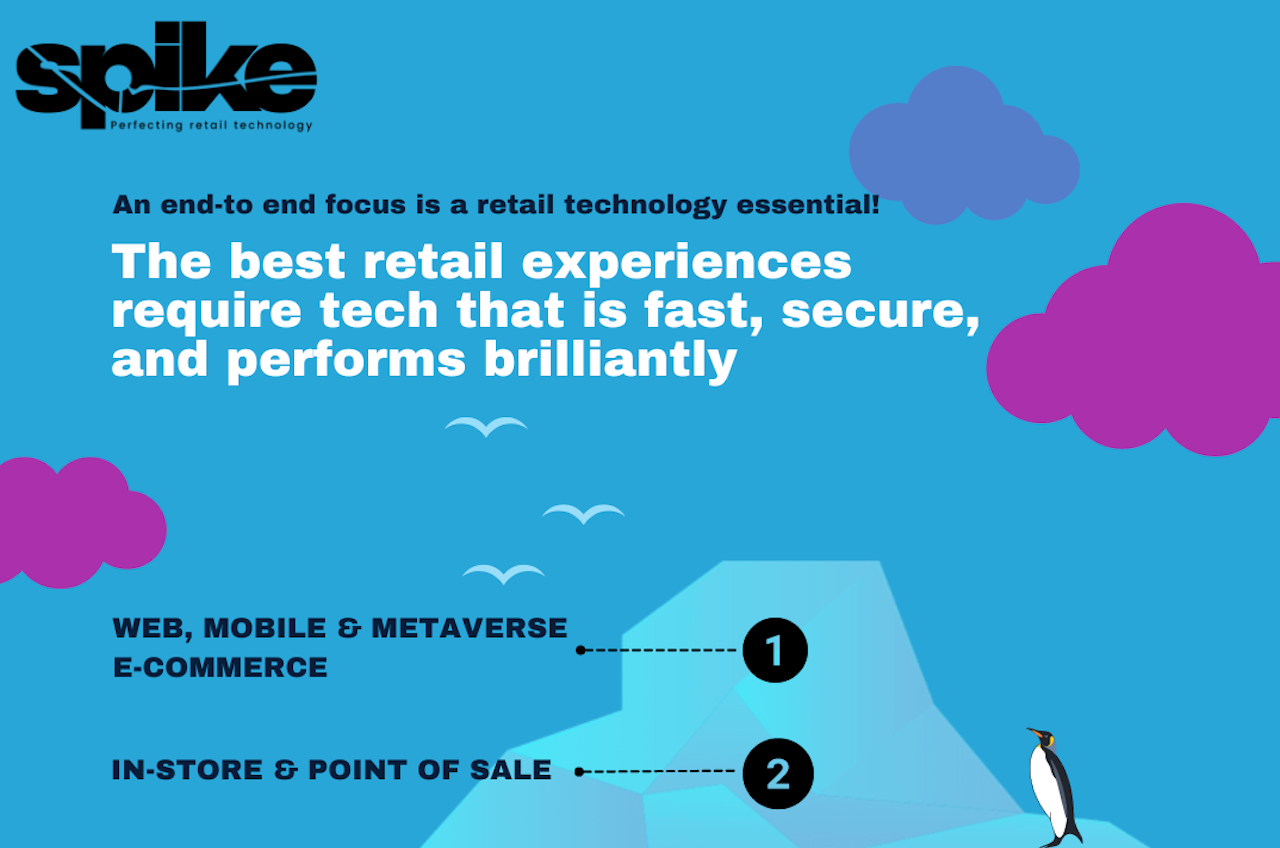2 min read
The End of Bodyshopping: Farewell to the Great Desk-Warming Economy
Spike Oct 6, 2025 4:13:03 PM

Bodyshopping, that glorious era when tech companies billed clients by the kilo of developer, is finally wheezing its last breath. For years, the model was simple: the bigger the project team, the bigger the invoice. Whether those extra bodies actually did anything was beside the point. But now? The machine has changed, and the excuses are gone.
LLMs Make Front-End Look Easy
Large Language Models can now write front-end code that doesn’t just compile — it looks good. A marketer can type “Give me a clean, UX-friendly checkout flow” and get deployable code. No committee meetings. No three-week sprints to change a button colour. One LLM can knock out in a morning what used to occupy entire squads, leaving former bodyshoppers wondering where all the billable div tags went.
Middleware Finally Behaves
The other old cash cow was backend integration — glueing systems together was messy, brittle, and slow, “requiring” battalions of developers. Now middleware tools do their job without drama. APIs snap together via low-code interfaces, event streaming keeps everything synced, and linking a CRM to an ERP to a PIM happens in a week, not half a year. That means no more padding the project with “essential” backend staff whose main skill was turning up to stand-ups.
Customers Won’t Pay for Crowds
Clients have wised up. Big teams no longer signal “serious progress”; they just look like a money bonfire. Lean competitors, aided by smart tooling, ship products faster with a fraction of the people. When told a project needs 50 developers, the modern client just raises an eyebrow and asks why an LLM couldn’t handle most of it in less time.
Ah, But Testing...
And here’s where the world still needs humans. AI can write beautiful code, link systems seamlessly, and look smug while doing it — but testing remains a stubbornly human affair. Automated tests catch the obvious stuff, but they don’t notice that the UX feels clunky, the colour scheme makes your eyes bleed, or the login flow would confuse your nan. Real people still need to click through, break things, and ask “Does this even make sense?” QA is where warm bodies still add undeniable value, so bodyshoppers might cling to testing as their final hill to occupy.
The New Reality
Combine machine-written front-end, clean middleware, and clients who demand efficiency, sprinkle in targeted human testing, and you get modern delivery: lean teams, faster timelines, and no “resource padding” for the sake of optics. The billable hour buffet is closing, replaced by AI-powered work with human review — smart, fast, and without the football‑watching “offsite collaboration retreats.”
The bodyshopping era isn’t over because clients hate developers. It’s over because they love results more than drama. And with front-end machines, middleware playing nice, and QA staying human but lean, we’re finally seeing software delivered without the theatre troupe attached.
Related posts

Cloud != confidence: Two big traps to avoid with cloud in retail tech.
Cloud doesn’t equal confidence: Two big traps to avoid with cloud in retail tech. Cloud migration has become a badge of honour over the past decade....

The Seductive Peril of the Black Box: Navigating Transparency in the Age of AI
For too long engineers have contended with “black boxes” —technologies whose internal workings are opaque. You see the data go in and the results...

De-risking complex retail tech stacks
The retail tech stack is growing – but so are your risks. Here's how to stop it becoming a mess. The recent Retail Technology Show in London had so...

Marking Their Own Homework – 30 Years of SIs Being Paid Twice
System integrators (SIs) have long played dual roles in enterprise technology projects: not only do they build and deliver software solutions, but...

The Retail Technology Iceberg
The retail technology iceberg illustrates the complex landscape of retail tech.
